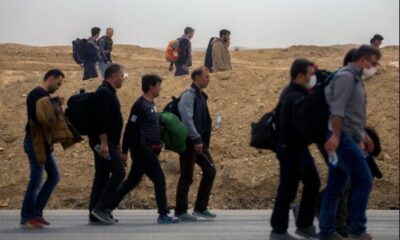Members of the political class, too, are talking largely to one another and not to the protesters — and often blaming one another for the current situation. The Parliament has met just once or twice to discuss legislation that might respond to the demonstrators’ demands.
“They are playing for time,” said Mr. Eskandar, the former head of the National Archives, noting that most politicians are still hoping that the protests will blow over.
Prime Minister Adel Abdul Mahdi has drawn criticism for allowing security forces to try to suppress the protests with force. During the first week of October nearly 150 protesters died, a vast majority shot to death, and some 5,500 people, including more than 1,000 members of the security forces, were wounded, according to a government investigation into the incident.
That miscalculation drew tens of thousands more people to the protests. The gatherings have exploded into the range of 20,000 to 25,000 in cities nationwide to close to 200,000 in the capital. And violence flared again on Monday, when the security forces fired into demonstrators as they sought to cross Al Ahrar Bridge in Baghdad, killing at least five.
The prime minister, while the target of much criticism, has taken steps to improve the lives of Iraqis, expanding and solidifying the electricity supply, improving relations with Iraq’s Kurds and removing the blast walls that had divided much of Baghdad. But he remains a weak leader who owes his position to a political deal crafted largely by Iran but also acceptable to Washington.
So while Mr. Mahdi has managed to place technocrats in the electricity and oil ministries, Iranian-linked parties dominate at least five major ministries, including those of the interior, communications and labor and social affairs. That gives them access to thousands of patronage jobs, contracts and grants, and breeds the corruption that the protesters are condemning.

 Entertainment6 days ago
Entertainment6 days ago
 Tech3 days ago
Tech3 days ago
 Tech3 days ago
Tech3 days ago
 General News21 hours ago
General News21 hours ago
 General News17 hours ago
General News17 hours ago




